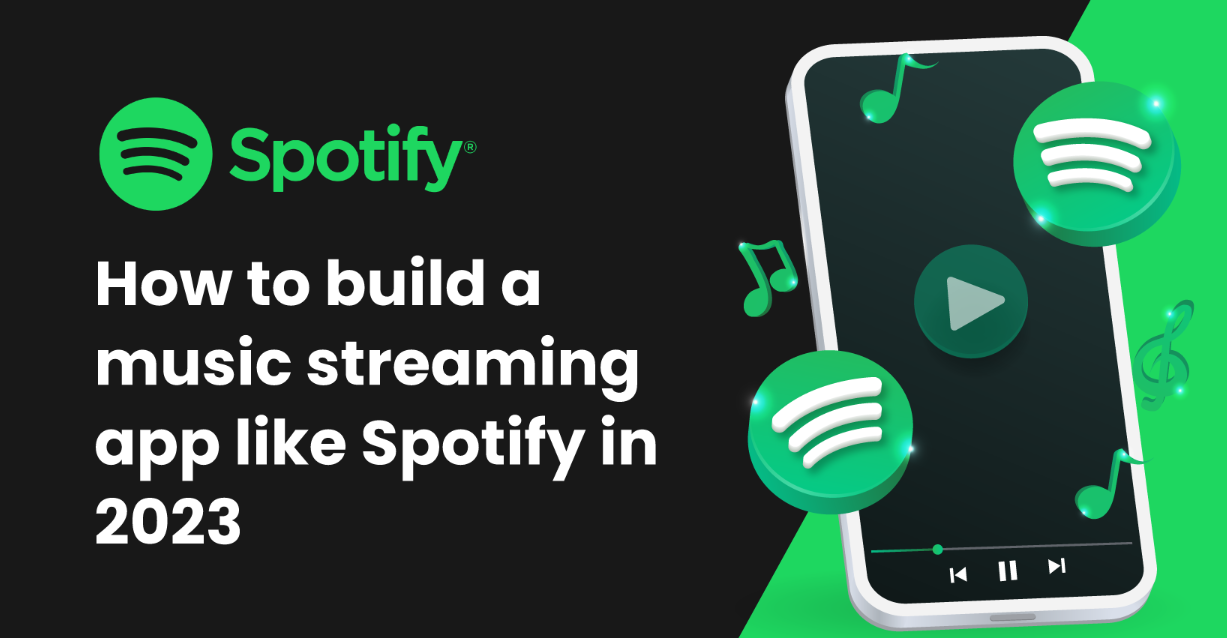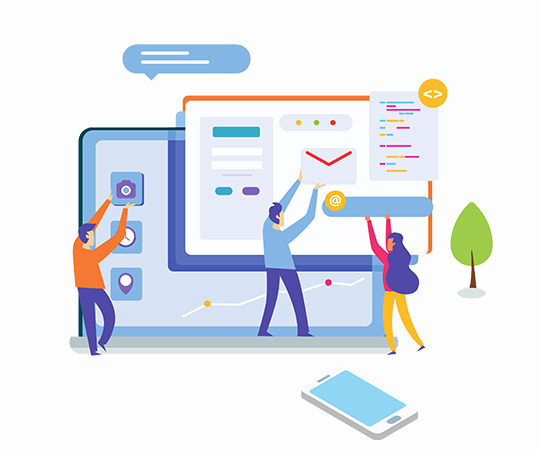In the era of digital streaming, music apps have become an integral part of our daily lives, transforming the way we discover, access, and enjoy music. Spotify, a pioneer in the realm of music streaming, has set a benchmark for user-friendly interfaces, personalized recommendations, and seamless listening experiences. If you’re inspired to embark on the journey of creating an app like Spotify, this comprehensive guide will navigate you through the essential steps and considerations.
Understanding the Essence of Spotify’s Success
Before delving into the technicalities, it’s crucial to grasp the key features that have propelled Spotify to its unparalleled success. User-centric design, vast music libraries, personalized playlists, and robust algorithms for music recommendations are integral aspects that contribute to Spotify’s allure. By dissecting these features, you can envision the core elements to incorporate into your app.
1. Define Your Unique Value Proposition
Begin by identifying what sets your music app apart from others. Whether it’s a novel feature, exclusive artist collaborations, or a distinctive user interface, a compelling value proposition forms the foundation of your app’s identity. Spotify, for instance, gained prominence by offering a freemium model, allowing users to access a vast library with ads or opt for an ad-free experience through premium subscriptions.
2. Thorough Market Research
Conduct in-depth market research to comprehend your target audience’s preferences and expectations. Analyze the strengths and weaknesses of existing music apps, identifying opportunities for differentiation. Spotify’s success was partially attributed to its early recognition of shifting consumer trends towards streaming and the creation of an accessible platform for both artists and listeners.
3. Licensing and Music Catalog
Forge partnerships with record labels, artists, and copyright holders to ensure a comprehensive music catalog. Licensing agreements are paramount to legal music distribution. Spotify’s extensive music library is a testament to the significance of securing licensing deals to provide users with an extensive and diverse selection of tracks.
4. Intuitive User Interface and Experience
Craft a user interface that seamlessly navigates users through their music journey. Prioritize user experience by incorporating intuitive design elements, easy playlist creation, and smooth navigation. Spotify’s clean and user-friendly interface has played a pivotal role in retaining and attracting users.
5. Personalized Recommendations
Implement robust algorithms for music recommendations based on user preferences, listening history, and behavioral patterns. This personalized touch enhances user engagement and satisfaction. Spotify’s recommendation system, driven by machine learning, continually refines its suggestions, contributing to a tailored music discovery experience.
6. Offline Listening Capabilities
Integrate offline listening features, allowing users to enjoy their favorite music without an internet connection. This feature enhances the app’s accessibility and convenience, a key consideration for users with limited data access or during travel. Spotify’s offline mode has contributed significantly to its popularity.
7. Multi-Platform Compatibility
Ensure your app is compatible across various platforms, including iOS, Android, and web browsers. This broadens your user base and facilitates a seamless transition between devices. Spotify’s availability on multiple platforms has played a pivotal role in its widespread adoption.
8. Robust Backend Infrastructure
Invest in a robust backend infrastructure to handle the complexities of streaming, user data, and concurrent connections. Scalability is crucial as your app gains popularity. Spotify’s success is, in part, attributed to its robust backend infrastructure that supports millions of users simultaneously.
9. Monetization Strategies
Explore diverse monetization strategies, such as freemium models, premium subscriptions, and targeted advertising. Balancing revenue generation with a positive user experience is essential. Spotify’s freemium model, offering both free and premium subscription options, has proven effective in attracting a wide user base.
10. Continuous Iteration and Updates
Commit to continuous improvement by gathering user feedback, monitoring app performance, and implementing regular updates. Spotify’s commitment to staying at the forefront of industry trends, introducing new features, and refining existing ones has contributed to its enduring relevance.
Conclusion
Develop an app like Spotify requires a harmonious blend of innovation, user-centric design, and a deep understanding of the evolving music streaming landscape. By emphasizing a unique value proposition, prioritizing user experience, and embracing continuous improvement, you can embark on a transformative journey to create an app that resonates with music enthusiasts globally. The key lies not just in replicating success but in redefining it to align with the evolving preferences of your target audience. Create an immersive audio experience that resonates with users worldwide.




